Outdoor gazebos can transform a backyard into a retreat, offering a shaded, picturesque spot for relaxation and entertainment.
As I explore the countless design options available, I find that gazebos not only enhance the visual appeal of outdoor spaces but also provide functional benefits.
Whether it’s a cozy nook for reading or a grand pavilion for summer parties, the potential to create a unique and inviting atmosphere is boundless.
Choosing the right spot for a gazebo is as crucial as its design.
It’s important to consider the surrounding landscape and how the gazebo will integrate with existing garden features.
Thoughtful placement ensures that the structure complements the environment, while strategic landscaping can add privacy and further accentuate its beauty.
It’s all about creating harmony between man-made structures and the natural world.
Reader's Roadmap
Key Takeaways
- Gazebos offer functional advantages and enhance outdoor visual appeal.
- Design choice should align with personal style and intended use.
- Strategic placement and landscaping maximize a gazebo’s potential.
Metal Solid Roof Gazebo With Bar

White Gazebo With Flat Pergola Rafter Roof
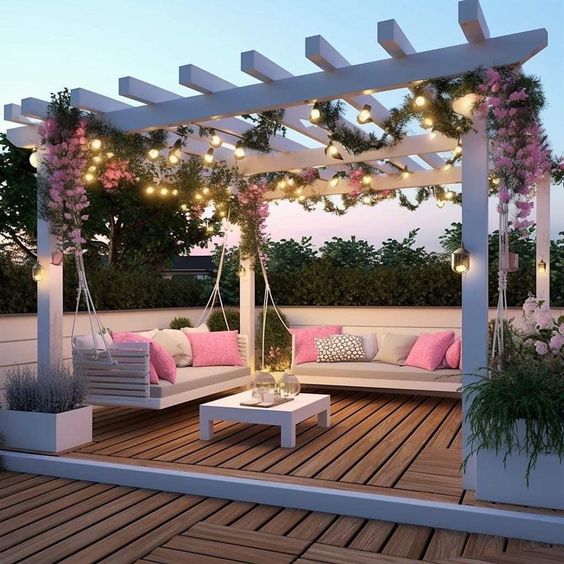
Wroth Iron Gazebo With Dome Roof
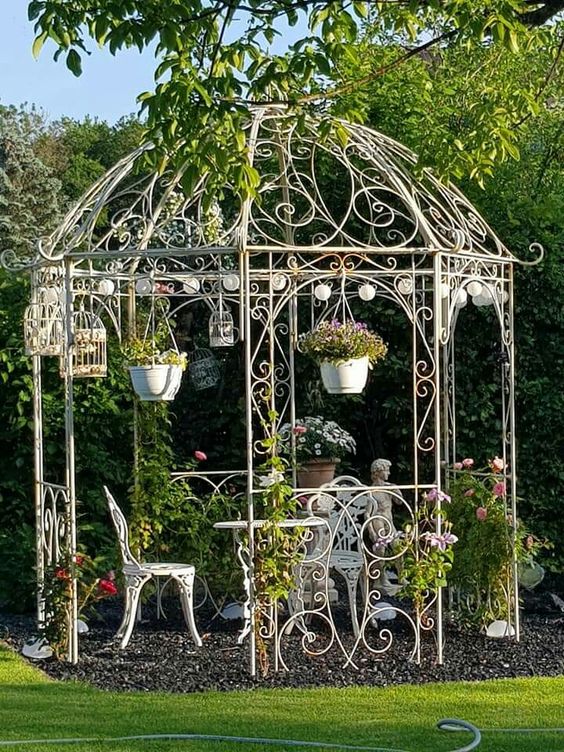
Corner Poolside Gazebo With Louvred Trellis Roof
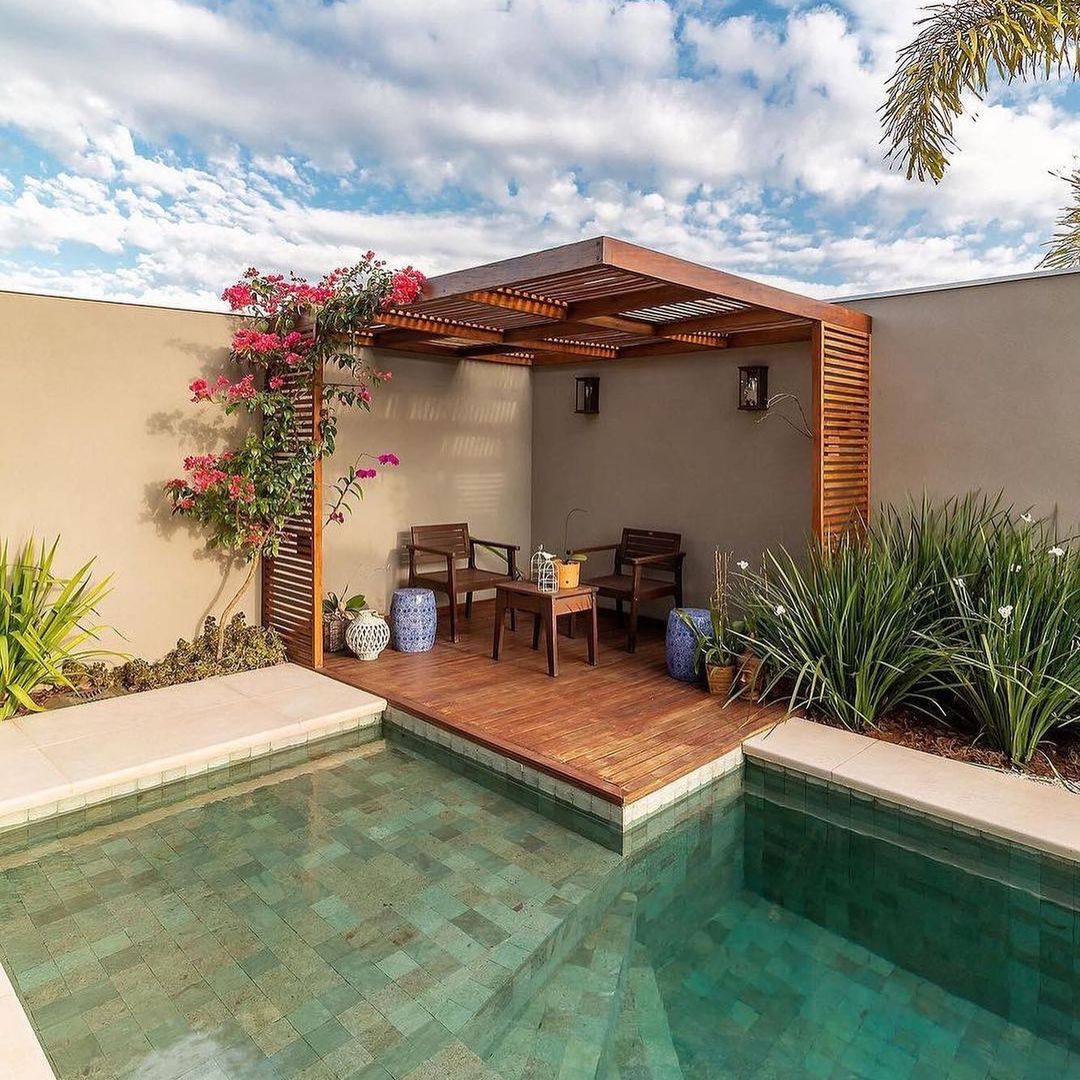
Victorian-Style Gazebo
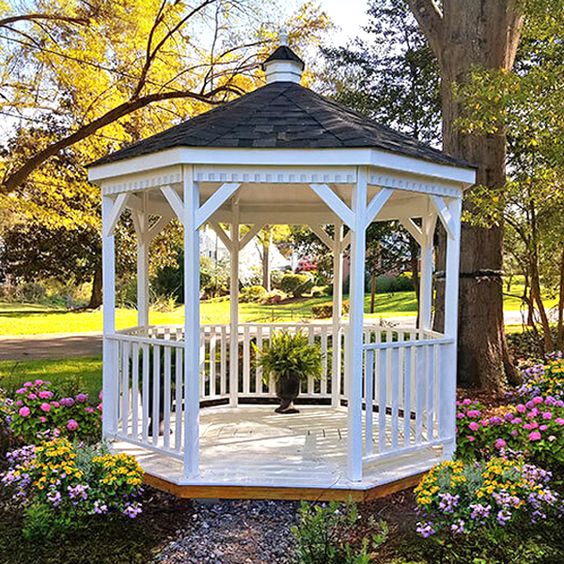
Tile Roof Hexagonal Gazebo
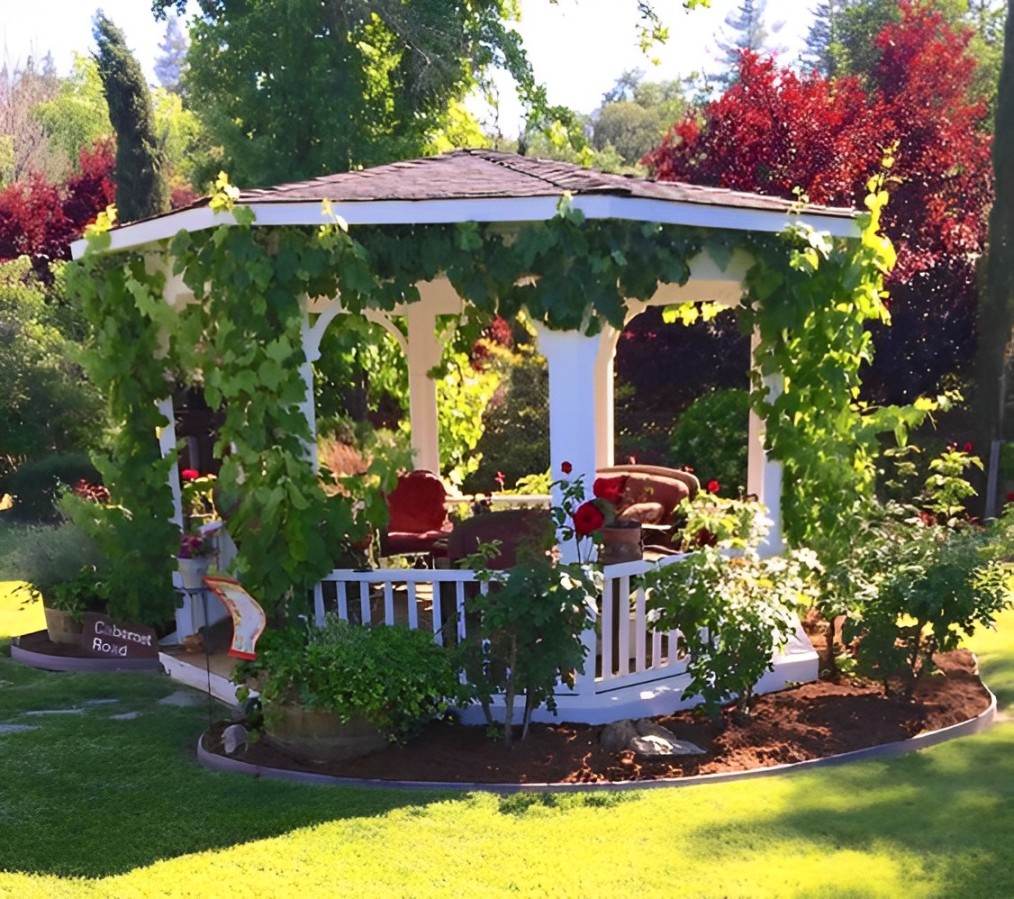
Solid Pyramid Roof Gazebo With Curtains
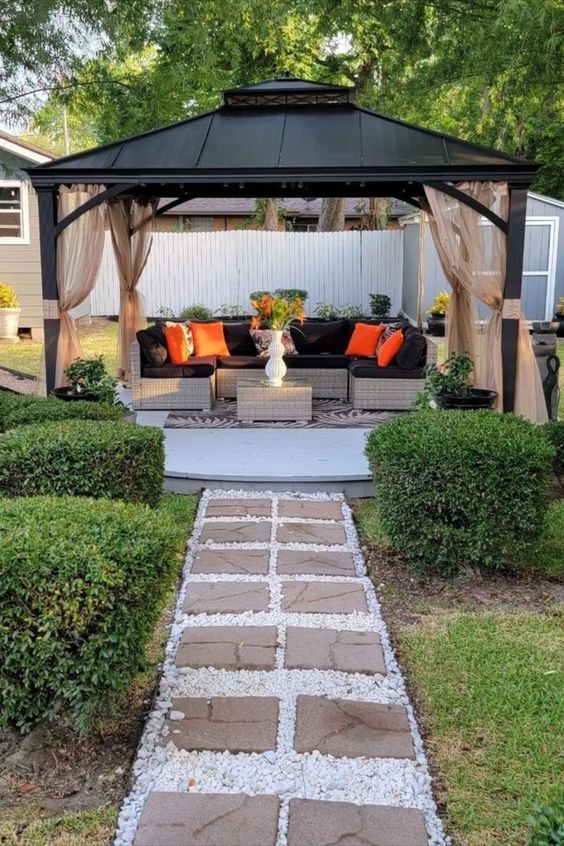
Wooden Tee-pee Gazebo
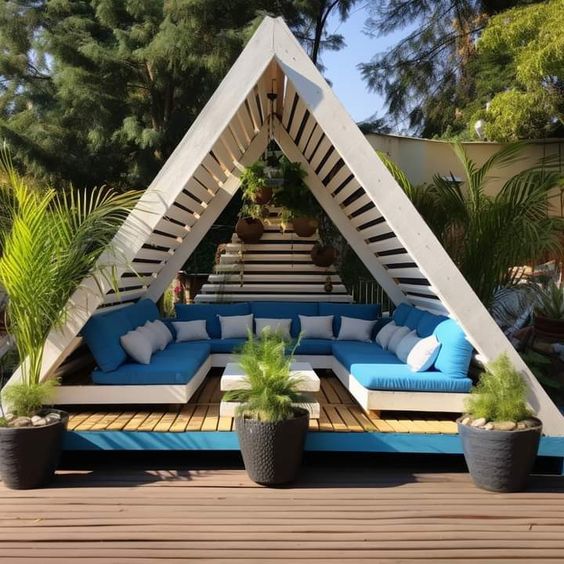
Barrel Shaped Gazebo With Thatched Roof
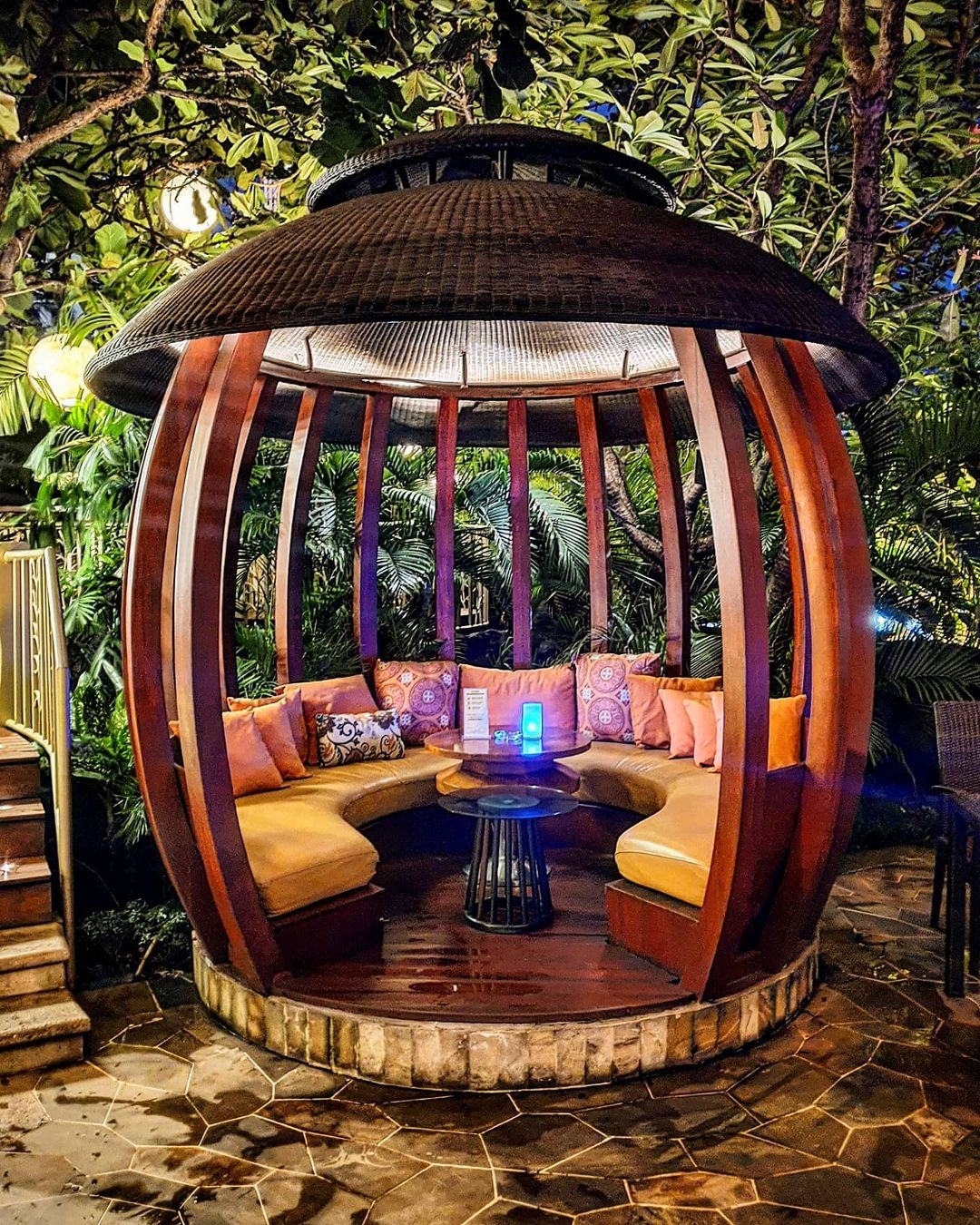
Rustic Gazebo With Bell-shaped Roof
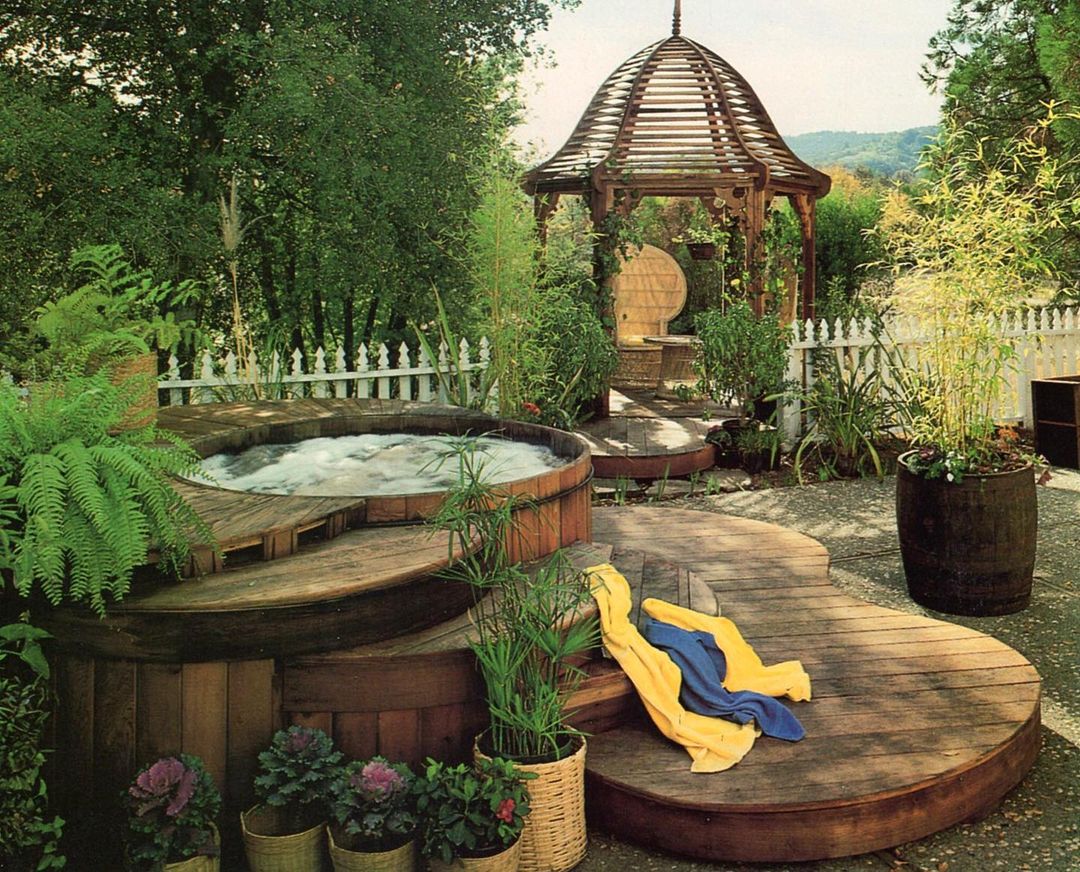
Round Rafter Roof Pergola With Build In Benches
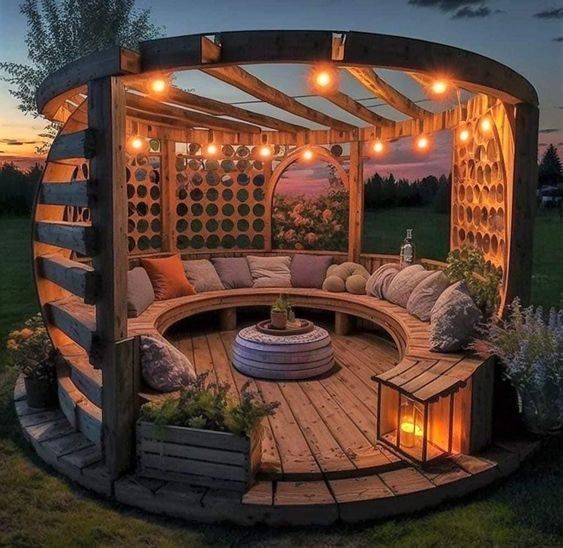
Portable Canopy Gazebo
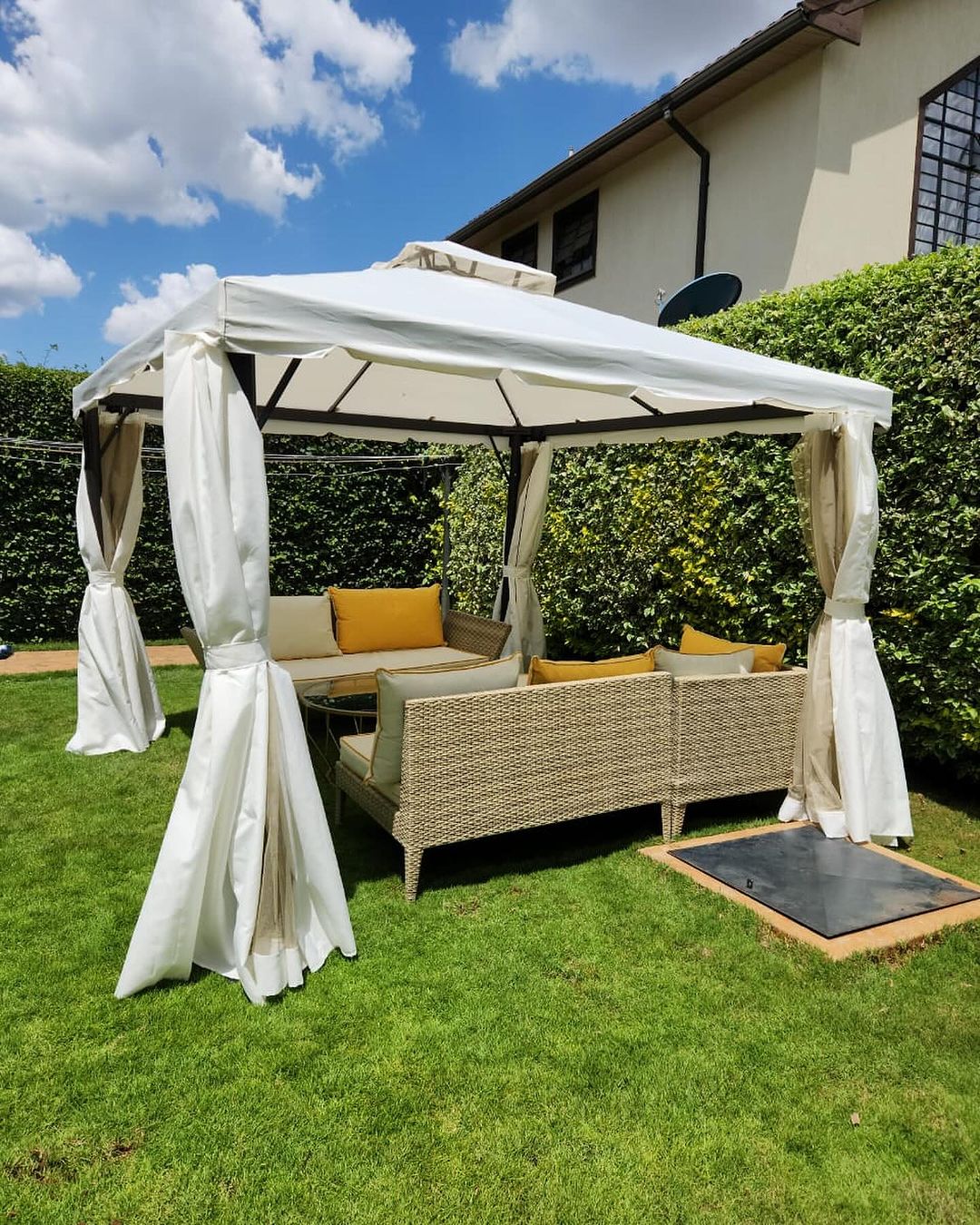
Plank And Lumber Gazebo With Round Roof
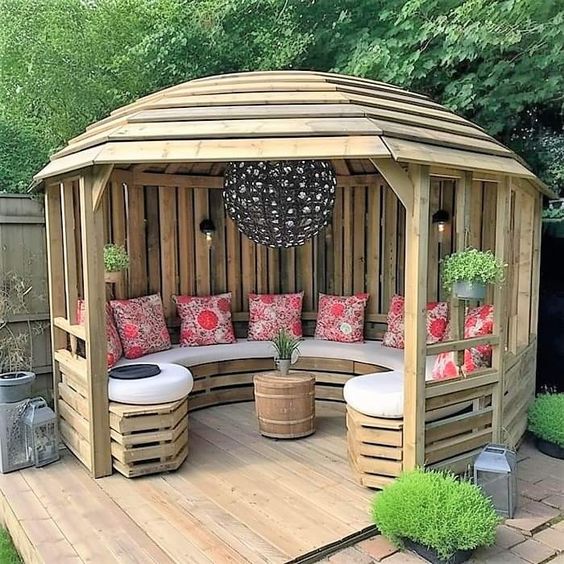
Louvered Bamboo Roof Gazebo With Attached Flower Beds
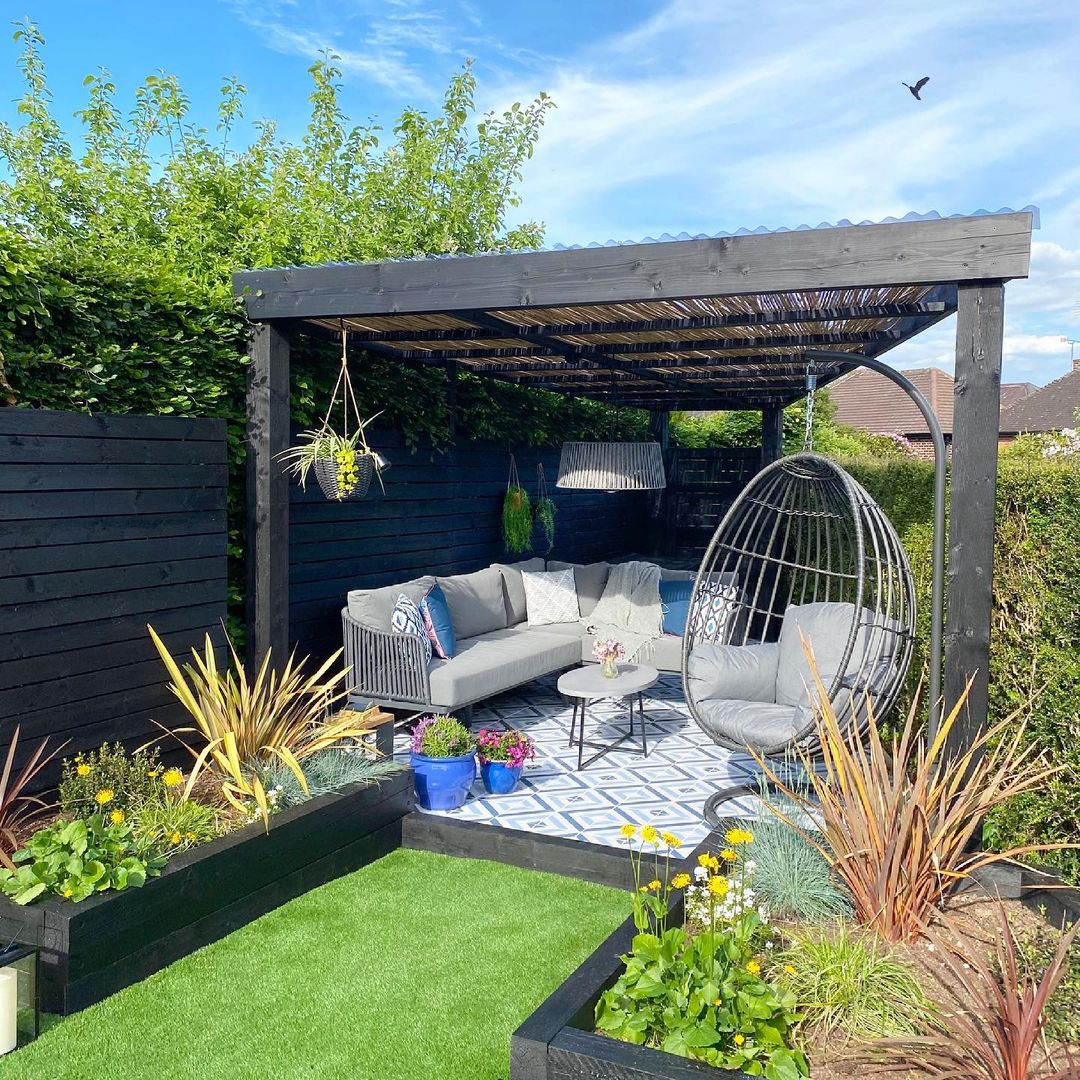
Hexagonal Gazebo With Trellis Walls And Rose Vines
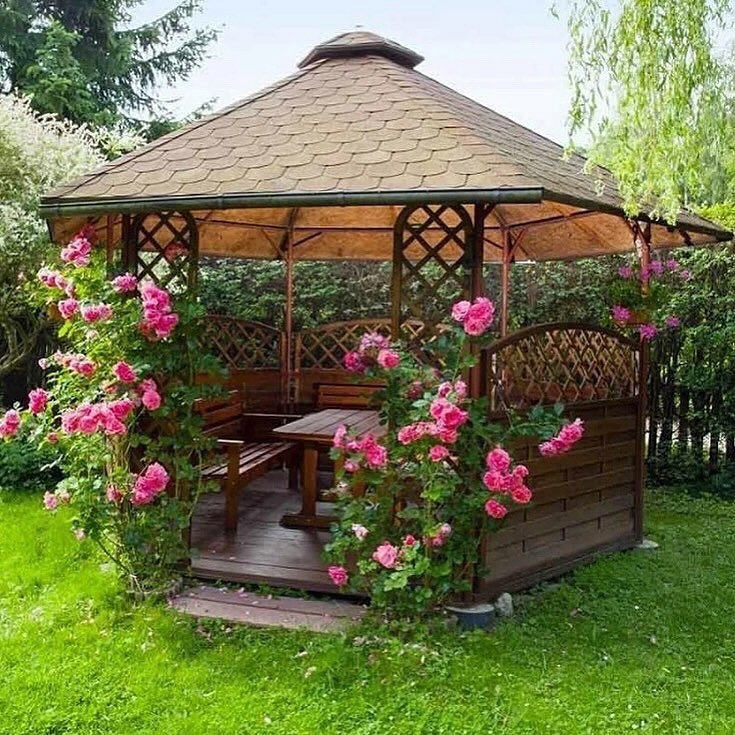
Elevated Platform Gazebo With Privacy Screen
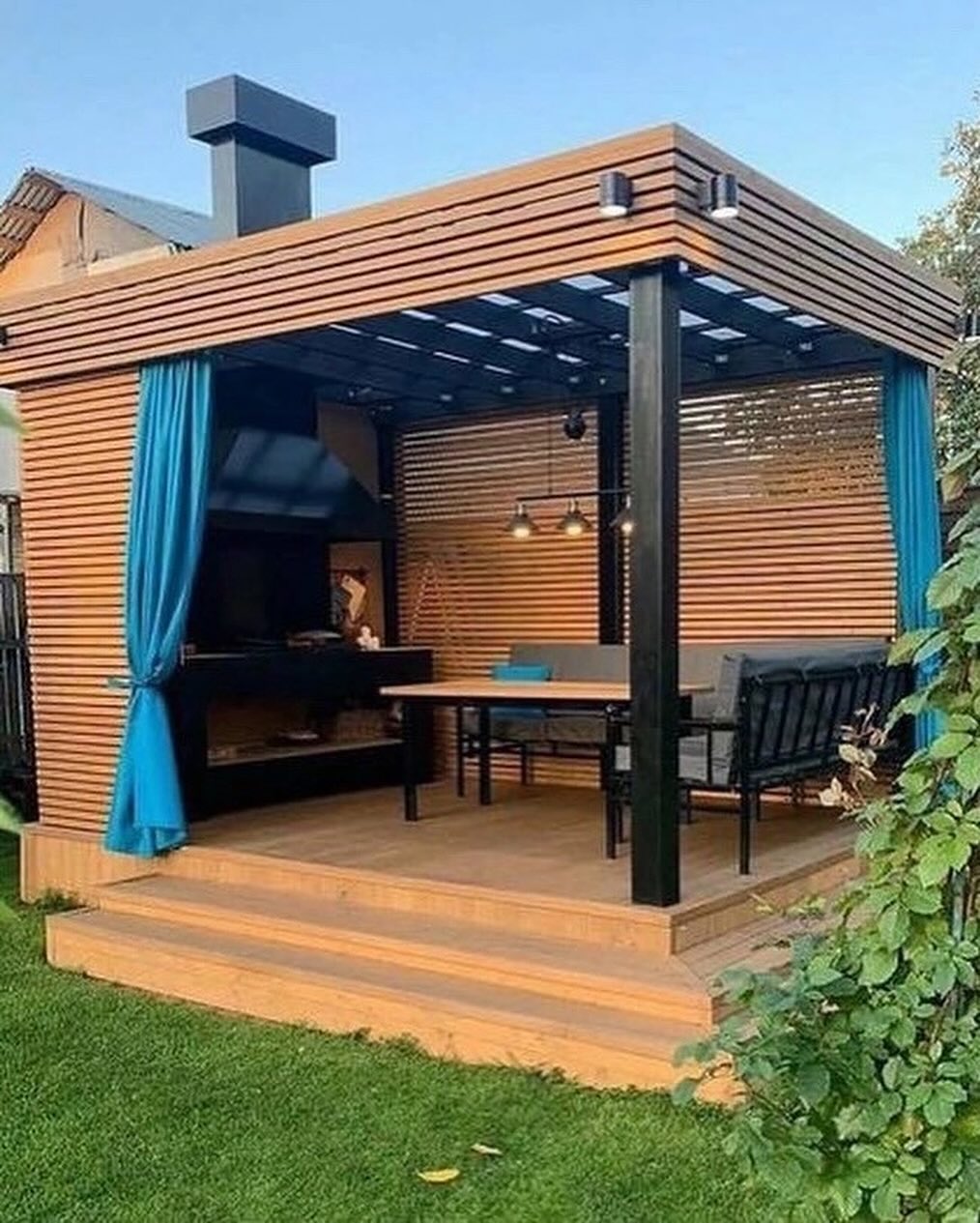
Gazebo With Back Lit Metal Cut Work And Wooden Ceiling
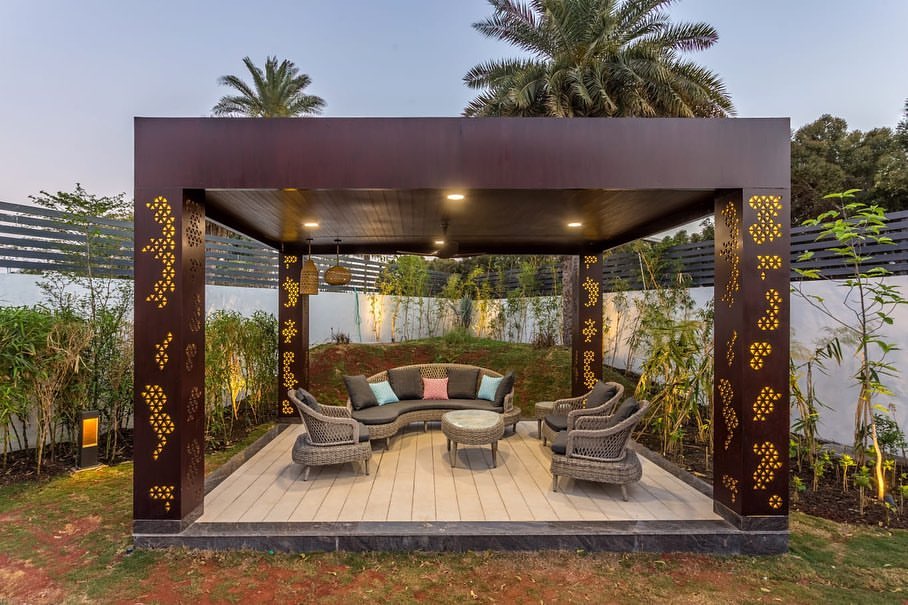
Wooden Rafter Pergola With Swing Benches
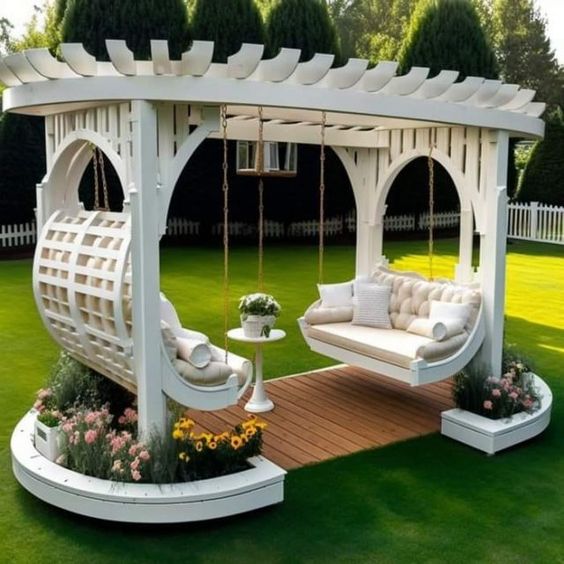
Enclosed Polycarbonate Gazebo

Fairy House Gazebo
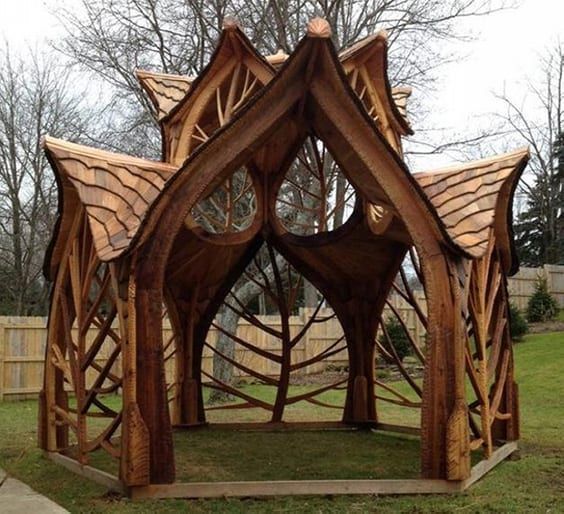
Glass Dome Gazebo With Sliding Doors
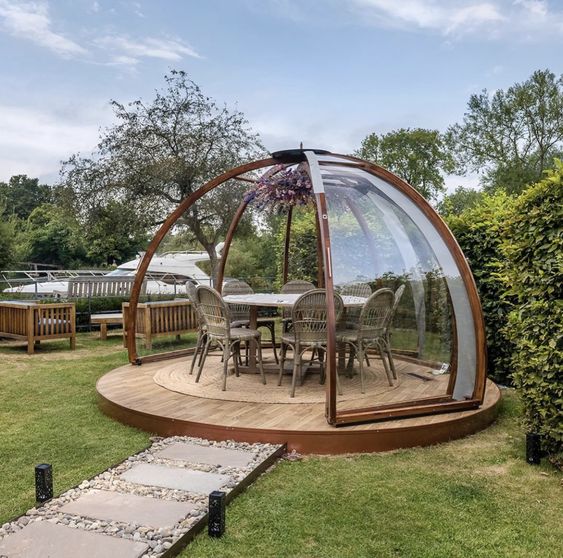
Half-Covered Geometrical Gazebo On Raise Platform
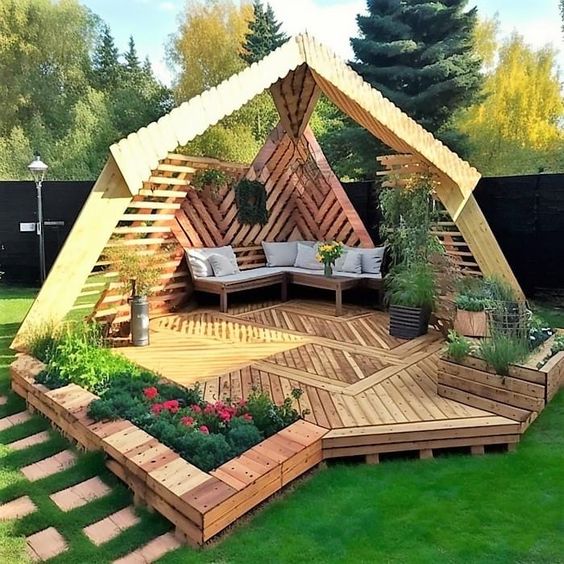
Pagoda Style Gazebo
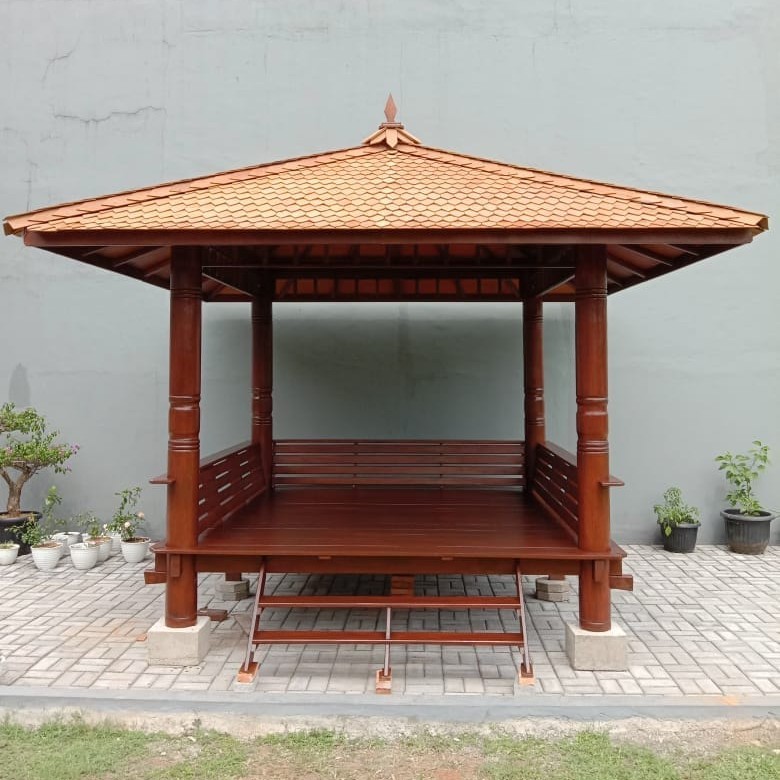
Pyramid Hip Roof Open Gazebo Over Coy Pond
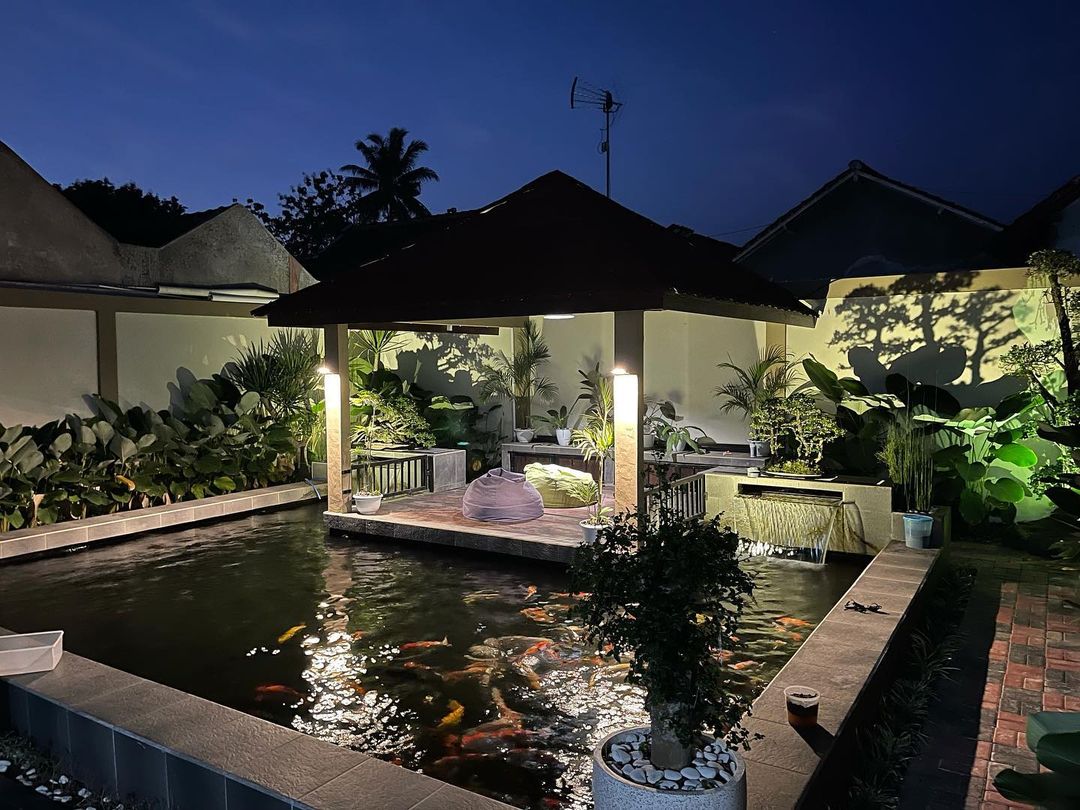
Designing Your Gazebo
When it comes to designing a gazebo for your outdoor space, I believe it’s essential to choose a style that reflects your personal taste and the architecture of your home.
It’s also about picking the right materials and adding features that suit your lifestyle, all while keeping an eye on your budget and the environmental factors in your area.
Choosing the Right Style
I love exploring gazebo design ideas that combine form and function.
For your outdoor gazebo, consider the architectural style of your home.
A modern gazebo with clean lines and a minimalist approach can complement contemporary homes, whereas a rustic gazebo or farmhouse gazebo might be the perfect addition to a country garden.
You might even be drawn to the classic charm of a Victorian-style gazebo.
Selecting Materials and Construction
The materials you choose will greatly influence the look and longevity of your gazebo. Here’s a brief table outlining some options:
| Material Type | Attributes | Style Suitability |
|---|---|---|
| Wood | Warm, natural appeal | Rustic, traditional |
| Stone | Durable, classic feel | Elegant, sturdy |
| Metal | Sleek, modern edges | Contemporary |
Don’t forget to consider the maintenance requirements and weather resistance of each material.
Incorporating Functional Elements
A gazebo is more than just a structure; it’s an experience. To enhance yours, think about including a shade for those sunny days, a ceiling fan to keep cool, or even a fireplace for cozy evenings.
If you’re a fan of hosting, an outdoor kitchen or a simple wood gazebo with a fire pit can turn it into the heart of the party.
Enhancing with Decor and Accessories
Adding the right accessories can transform your gazebo into an outdoor living room.
Consider hanging a chandelier or string lights for ambiance, draping curtains for added privacy, and incorporating greenery for a natural touch.
Furnish with comfortable lounge chairs and include plants and accessories to create a welcoming space.
Understanding Costs and Budgeting
Building a gaze is a financial commitment, so you’ll want to be mindful of your budget. Here are some factors that can influence the cost:
- Size and Shape: Round, octagonal, square—it all affects the price.
- Material: Natural wood might be more budget-friendly than stone.
- Features: The more elements like doors, fireplaces, and seating areas you add, the higher the cost.
Planning for Weather and Environment
The environment should dictate some of your design choices.
For instance, if I live in an area where it rains often, ensuring proper roof coverage and watershed is critical.
Likewise, for sunny locales, you might want features that offer protection from UV rays.
Maximizing Space with Different Shapes
The shape of your gazebo can define its essence and how you use the space. Do you want an intimate round gazebo or an expansive octagonal one?
Think about your garden’s layout and how you might host gatherings or simply enjoy quiet moments there.
Gazebo Placement and Landscaping
When I think about setting up a gazebo in my space, it’s crucial to pick the right location and harmonize it with the garden’s design.
It’s about creating a spot that’s not just functional but also a feast for the eyes, whether that’s by a stone patio or tucked away amidst lush greenery.
Selecting the Perfect Spot
I always consider how the sun hits my backyard throughout the day before choosing a spot for my gazebo.
The ideal location is one that enjoys shade during peak sun hours but still captures that golden hour glow.
If my yard has a stunning pool or a charming stone patio, I try to position the gazebo to offer a view of these features.
- Advantages of Different Locations:
- Poolside: A breeze to go from lounging to a dip.
- Garden: Immersive nature experience.
- Deck: Easy integration with existing outdoor living space.
Integrating into Existing Spaces
My gazebo should feel like a natural part of the outdoor space and not an afterthought.
If there’s a concrete patio, I consider building a gazebo with a matching concrete base to complement it.
For porches or carports, a lattice gazebo can add both beauty and functional outdoor living area. A covered patio is all the more inviting with a gazebo that echoes the style and materials of my main house.
Creating a Theme with Surrounding Elements
To ensure my gazebo blends in seamlessly, I like to choose elements that match a theme.
A lattice wall adorned with creeping plants like ivy or jasmine can add an enchanting touch to an English garden-themed space.
Magnolia trees and classic garden greenery around a garden gazebo can evoke a Southern charm that’s hard to resist.
- Thematic Elements:
- Natural greenery: Connects with the landscape.
- Lattice work: Provides support for plants, adds sophistication.
- Stone or concrete: Offers durability and aesthetic cohesion.
Landscaping and Nature Inclusion
The right plants can transform the gazebo area from plain to a paradise. I try to incorporate plants that not only look good but are also easy to maintain.
Tall grasses or bamboo can create a soft screen for privacy, while a few strategically placed magnolias can offer both shade and spectacular blooms.
- Landscaping Tips:
- Poolside: Opt for salt-tolerant and low-litter plants.
- Dining area: Aromatic herbs double as greenery and garnish.
- Lounging/Dance floor: Soft grass or even a concrete extension can be both functional and aesthetic.

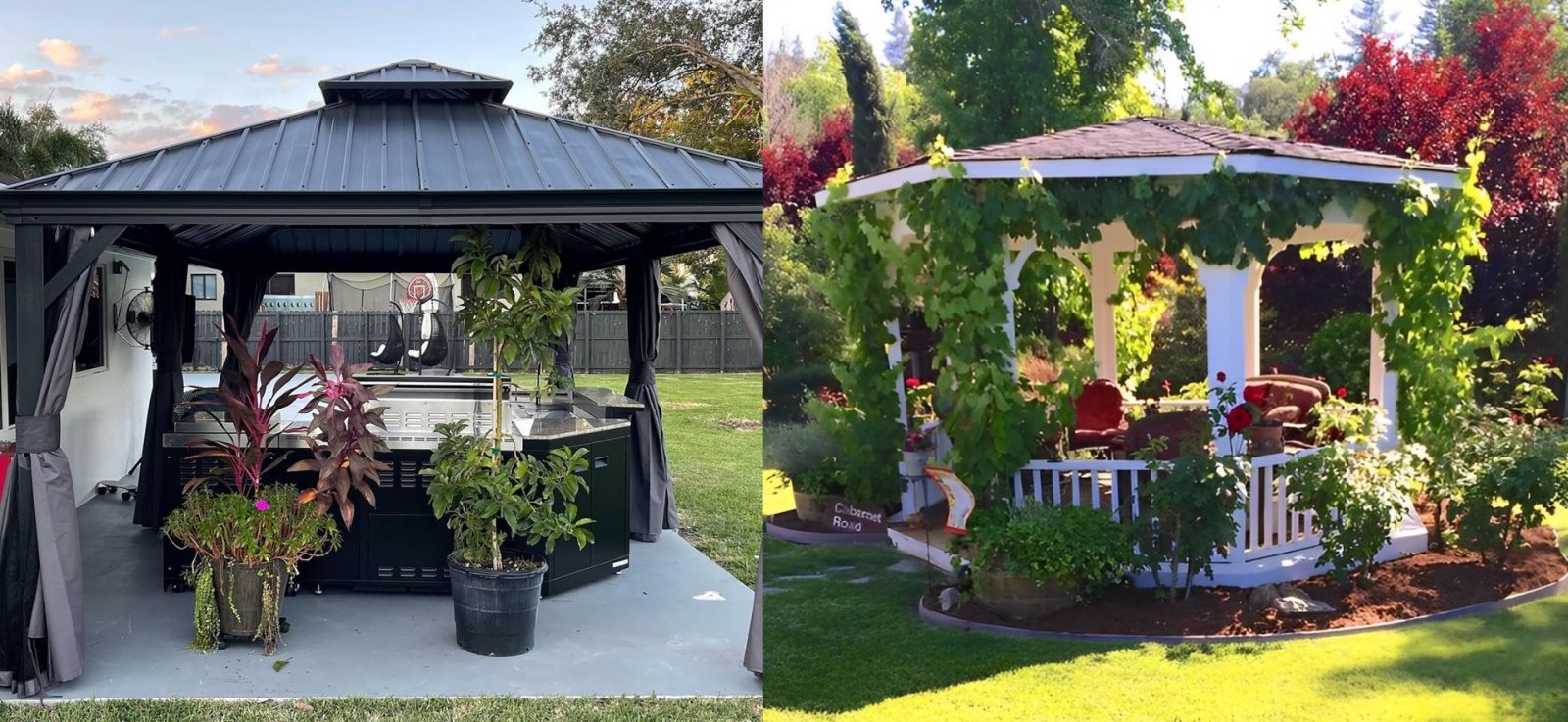

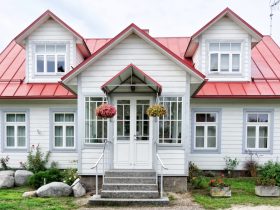
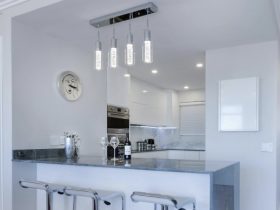
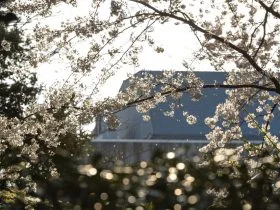

Leave a Reply
View Comments